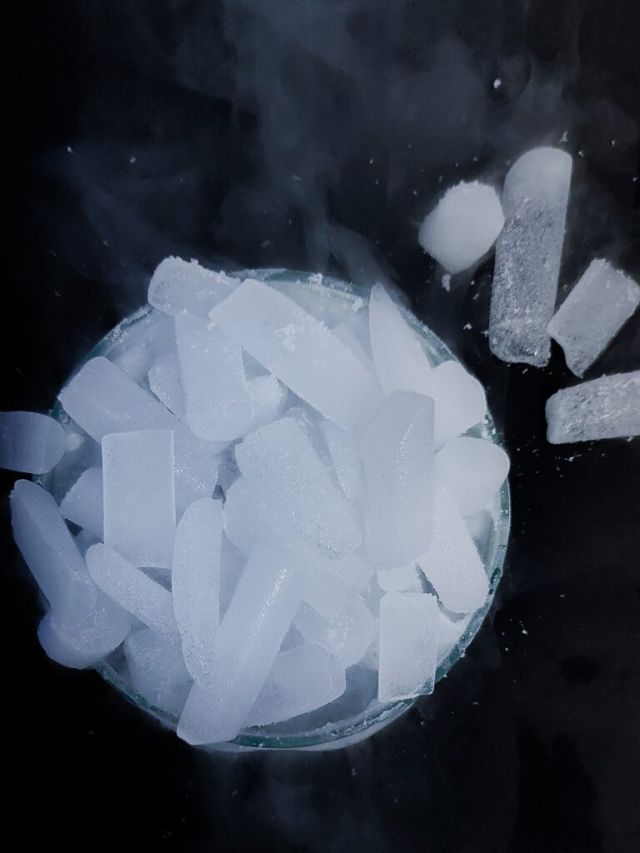
What is sublimation?
Sublimation is an endothermic process characterised by the direct transition of a substance from the solid phase to the gas phase, bypassing the liquid phase entirely. This phenomenon takes place under well-defined temperature and pressure conditions, below the substance’s triple point on its phase diagram.

Display Technologies. How are some better than others?
There are many types of displays in the market today. Noctiluca specializes in high-performance materials dedicated to OLED displays, but this is just a part of the solutions.

Generations of OLED emitters
OLED (organic light-emitting diodes) is the display technology based on a thin layer of organic emitters that emit light of a specific color. Key parts of the structure of OLED displays are OLED emitters – the chemical compounds in form of a powder responsible for luminescence – light emission after application of electric current.

Why investing in photonics is the future?
In the world of innovators there are a few words that define the future. One of them is certainly photonics. Its applications are wide and can make every industry more competitive

How was Display Week 2022?
During the last two years of restricted or almost no travel, a lot has happened in the industry. With fewer distractions like travel and mandatory meetings, the industry has done a lot more to further develop the technology.

The display industry has a bright future ahead
Popular science reports on the future of electronic displays show flexible laptops, paper-thin TVs and digital screens integrated into surfaces, buildings or even car windows.

I see a wave coming
I see a wave coming — a new platform that will likely change the way we communicate and even react and behave toward one another.